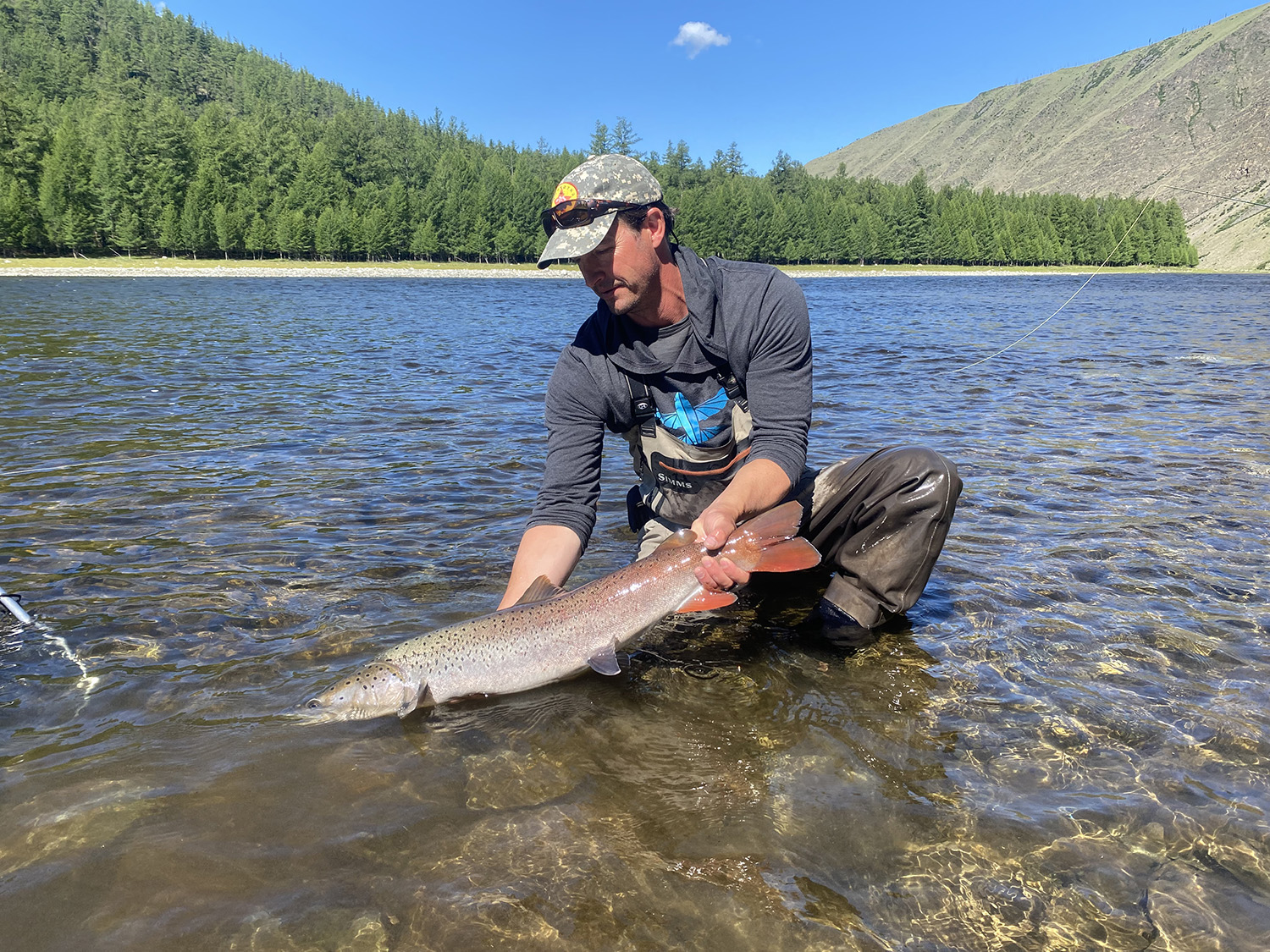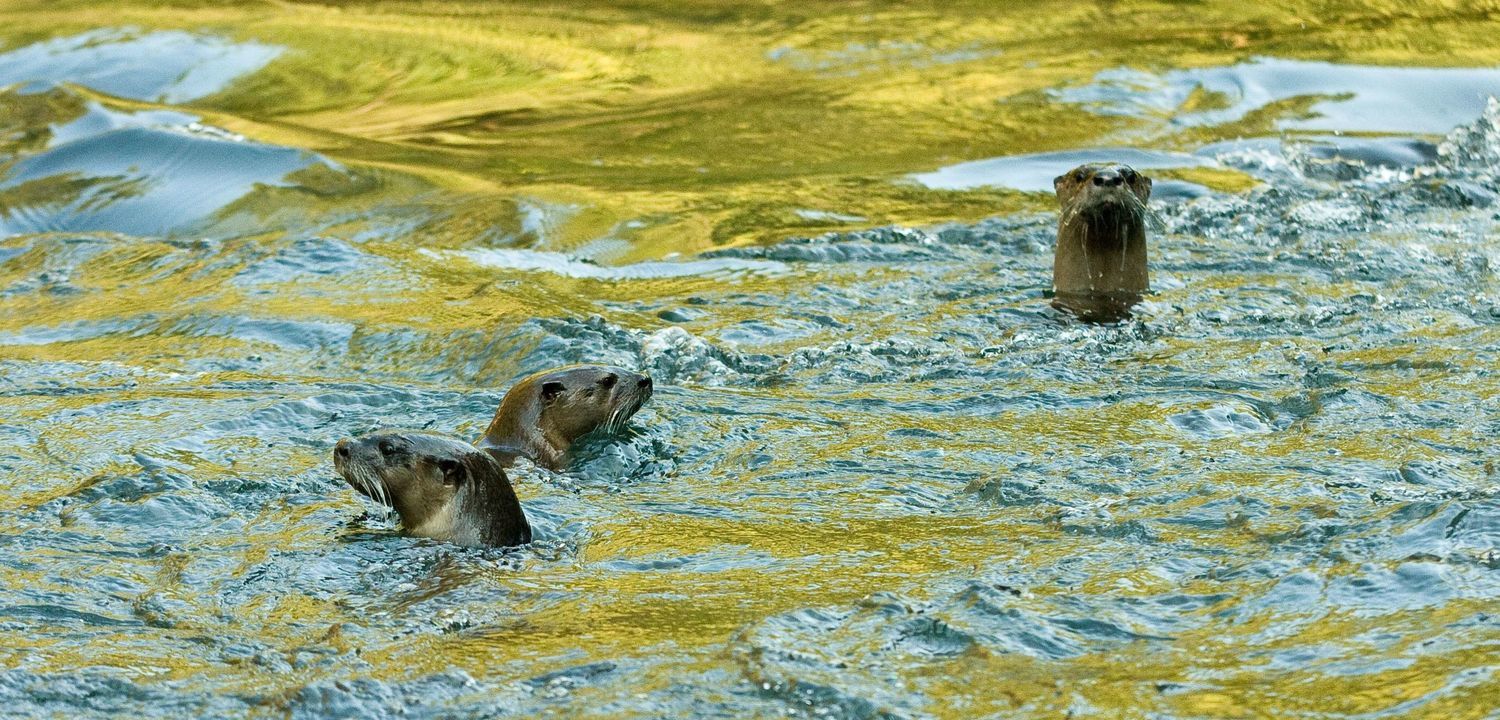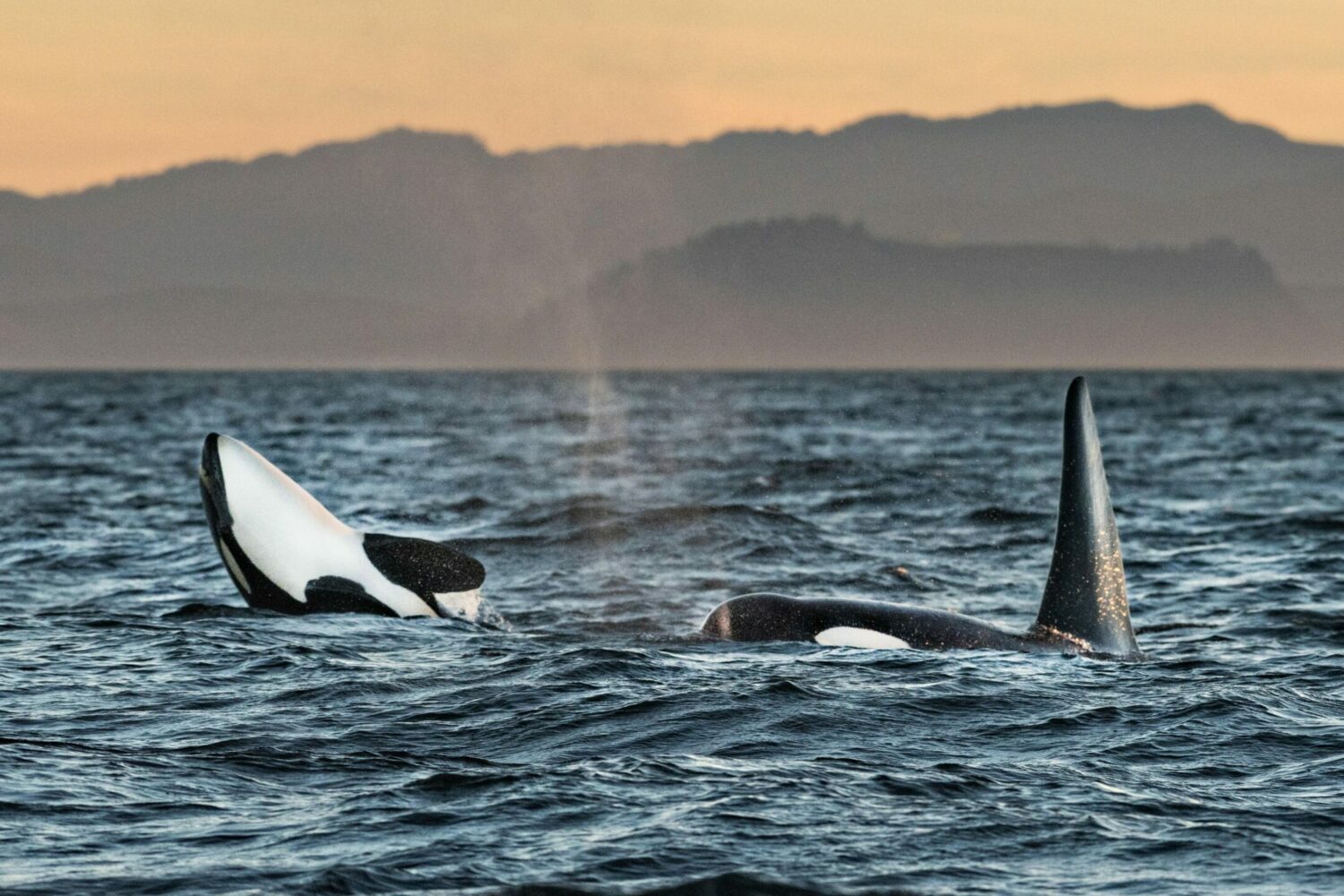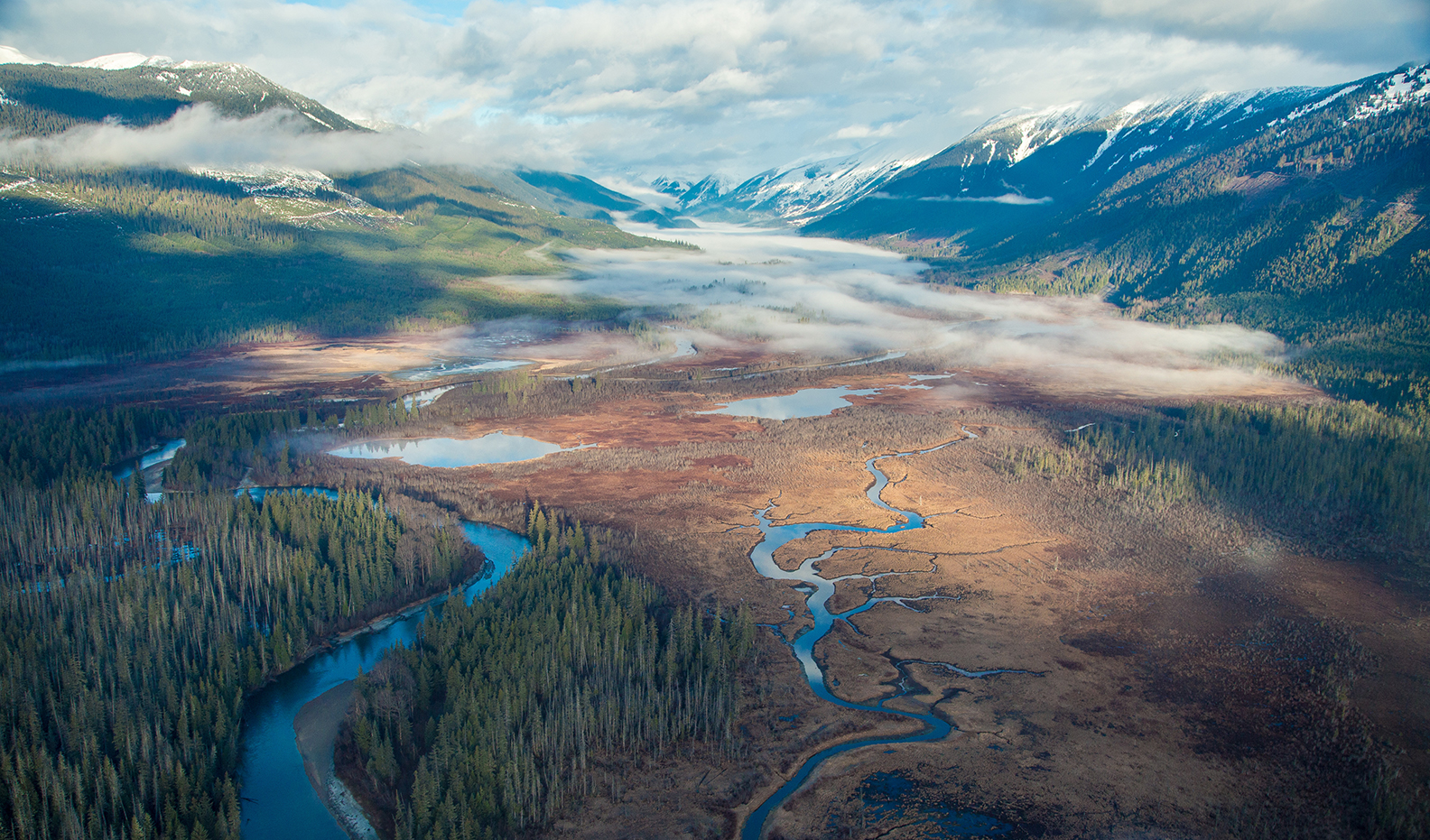In Nature, Wild Salmon Center Science Director Dr. Matthew Sloat joins 45 leading scientists to interpret the first-ever IUCN global freshwater threat assessment.
A new scientific threat assessment of the world’s freshwater fauna is out, and its findings are startling.
Using International Union for the Conservation of Nature (IUCN) criteria and data, 45 leading scientists find that one quarter of the 23,496 species analyzed—the most comprehensive assessment of IUCN Red List threatened freshwater species—are at risk of extinction.
“This is the world’s most rigorous global assessment to date of extinction risk for freshwater species,” says Dr. Matthew Sloat, Wild Salmon Center Science Director and co-author of the paper, published January 8 in the peer-reviewed scientific journal Nature. “The results signal an alarming level of stress to the rivers and streams that sustain us all. But our paper also shows a path towards conservation.”
“Our paper signals an alarming level of stress to the rivers and streams that sustain us all. But it also shows a path towards conservation.”
Wild Salmon Center Science Director Dr. Matthew Sloat

From aquatic insects to wild fish, the paper finds that leading threats to freshwater species and their global diversity include habitat loss through development and dam building, as well as overfishing.
And while the paper’s findings are indeed dire, Dr. Sloat notes that he and his coauthors also identified areas with healthy watersheds that harbor abundant and diverse freshwater species. If we can conserve these intact ecosystems before they are degraded, he says, that could help us get ahead of the extinction curve.
This proactive approach is the foundation of Wild Salmon Center’s salmon stronghold strategy, which focuses on protecting relatively healthy salmon ecosystems across the Pacific Rim. Protecting healthy systems such as Bristol Bay, Alaska, the Skeena River region in British Columbia, and the coastal rainforest rivers of Washington’s Olympic Peninsula, provides benefits that extend well beyond salmon.

Research shows that when Pacific salmon do well, the benefits also flow to at least 137 other marine and freshwater species, including sea eagles, otters, bears, and orcas. If we can ensure the overall success of keystone species like salmon, we’ll be helping to improve the survival outlook for countless other species—as well as the human communities they support.
“A comprehensive strategy to protect freshwater species must both proactively protect the world’s healthy river systems and pay urgent attention to its most threatened places,” Dr. Sloat says. “This new paper can catalyze that work, by identifying places with high species extinction risk, as well as global biodiversity strongholds.”
“A comprehensive strategy to protect freshwater species must both protect the world’s healthy river systems and pay urgent attention to its most threatened places. This new paper can catalyze that work.”
Wild Salmon Center Science Director Dr. Matthew Sloat

